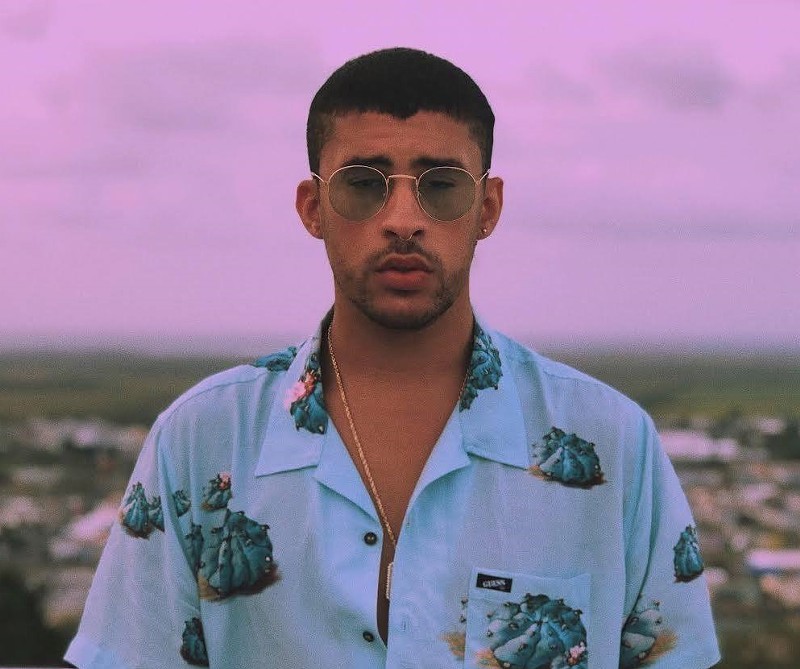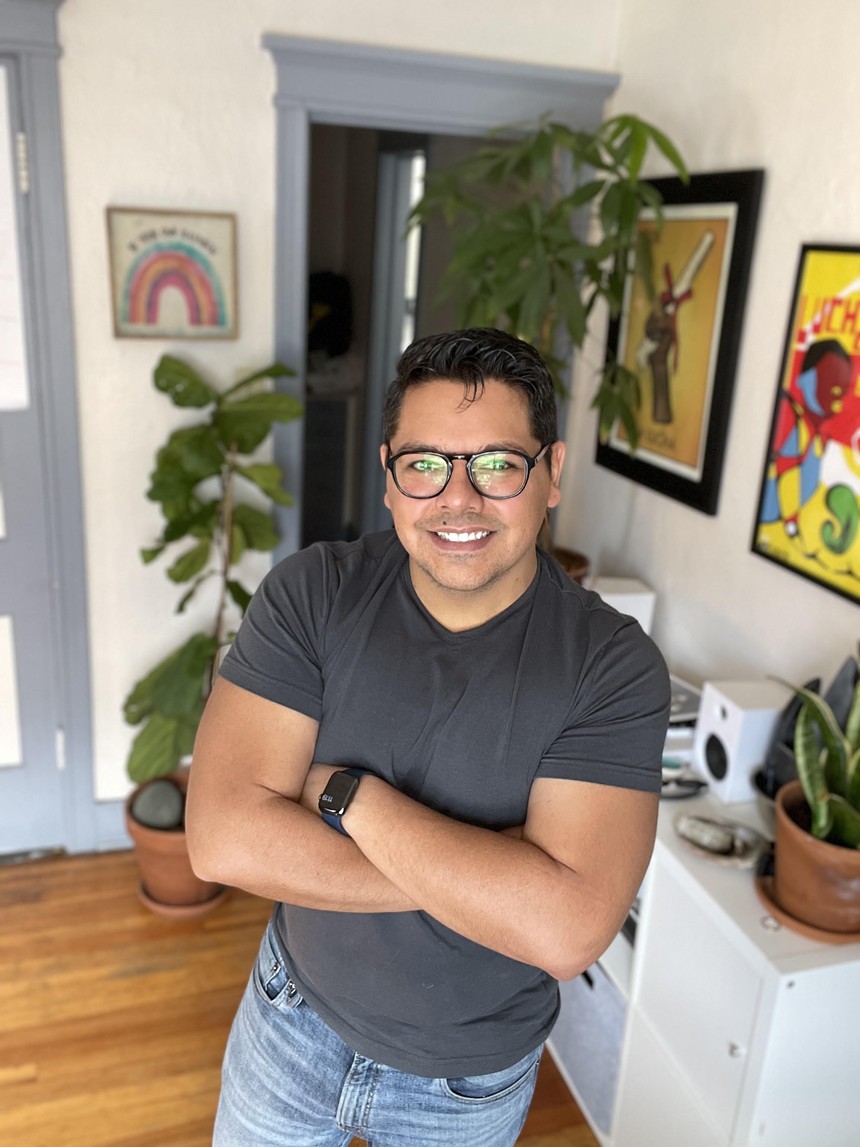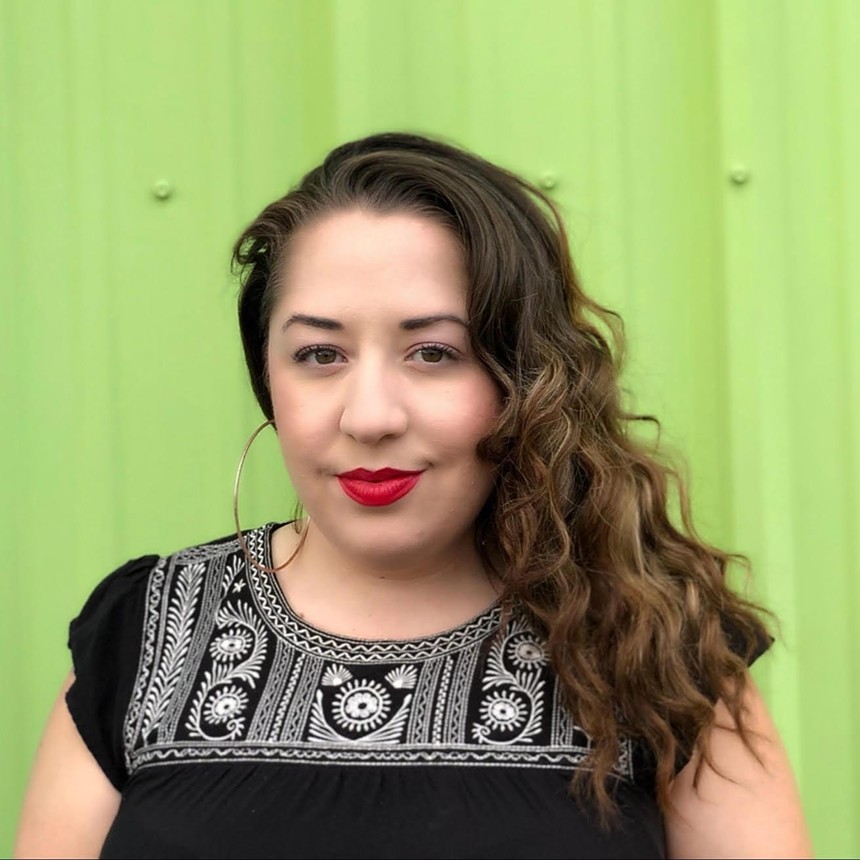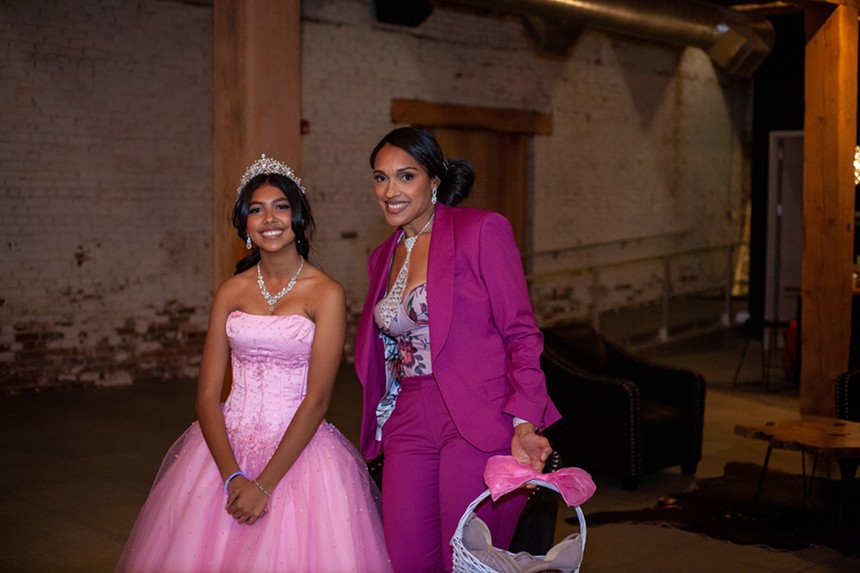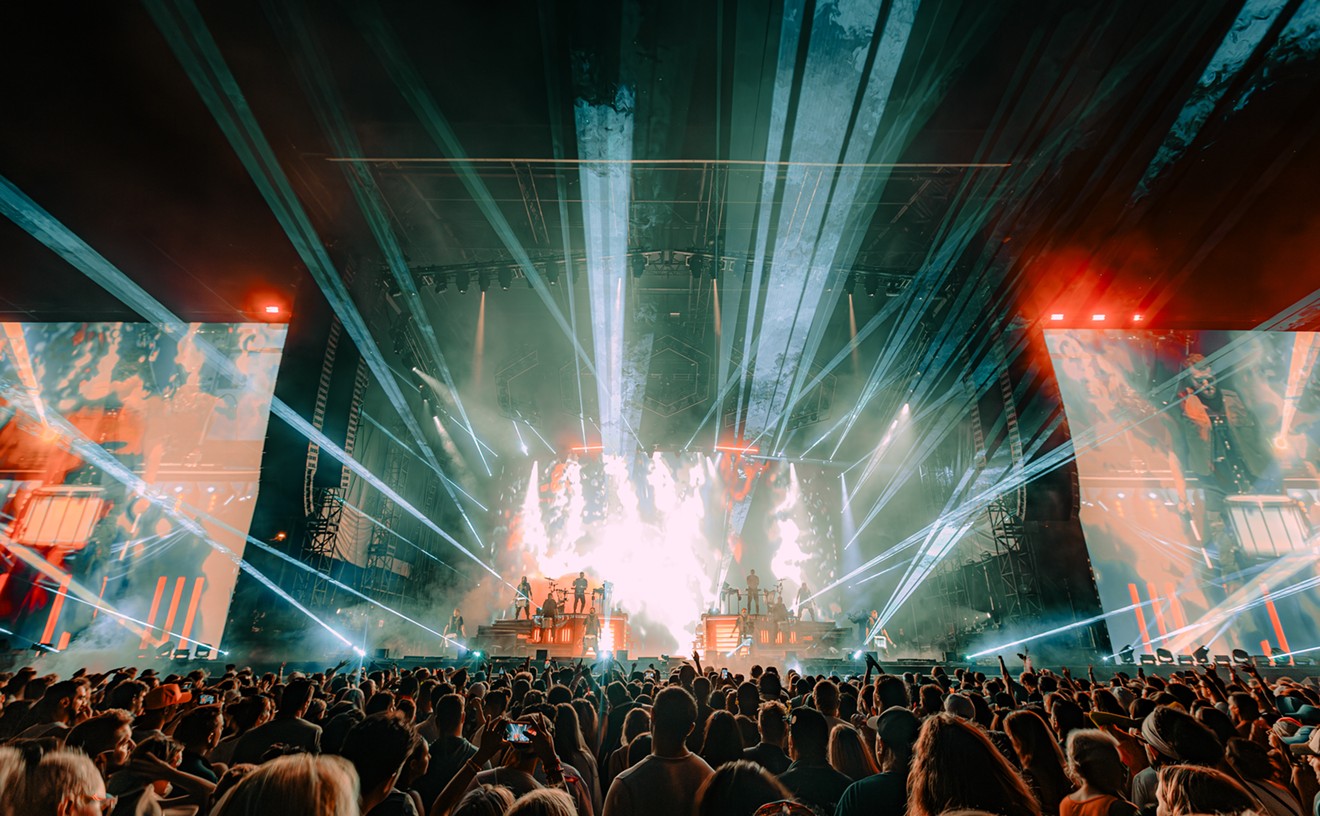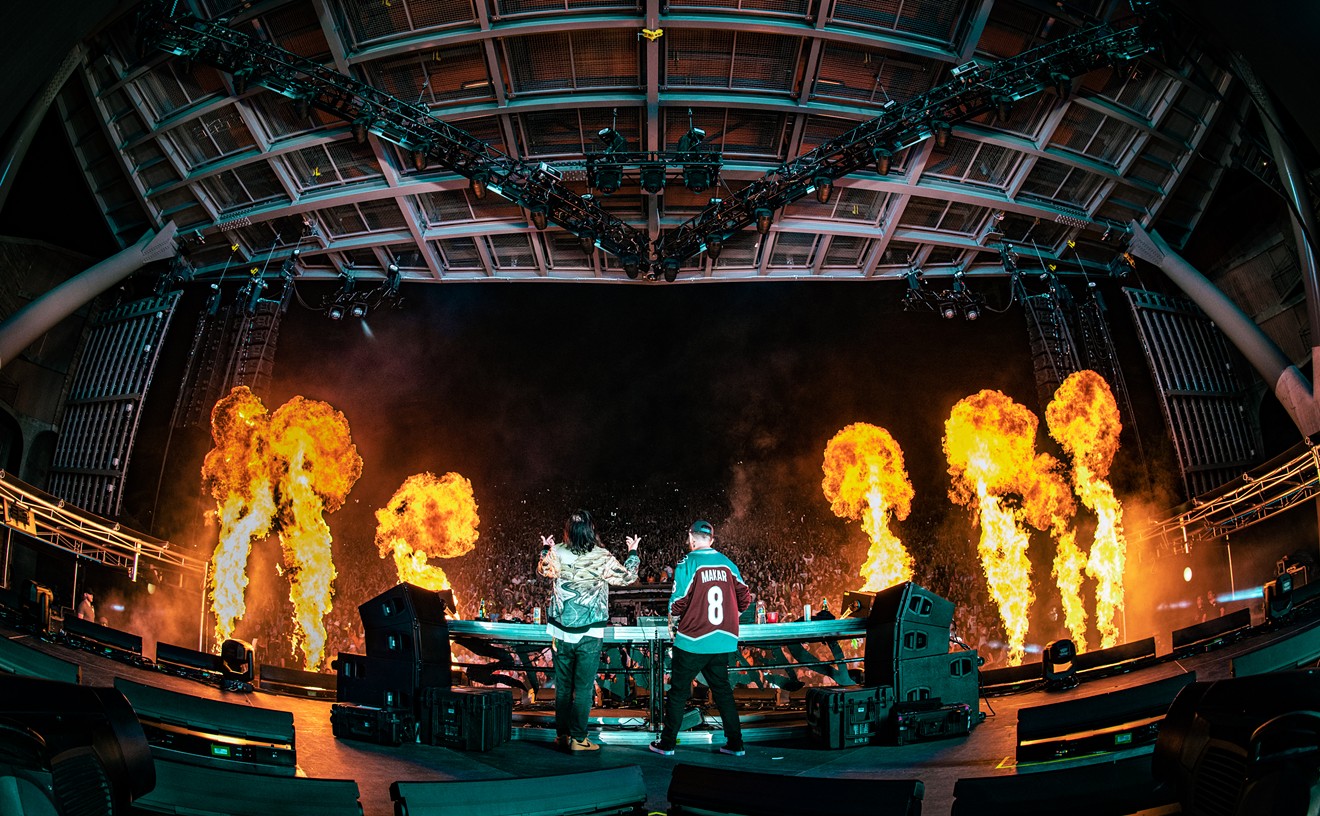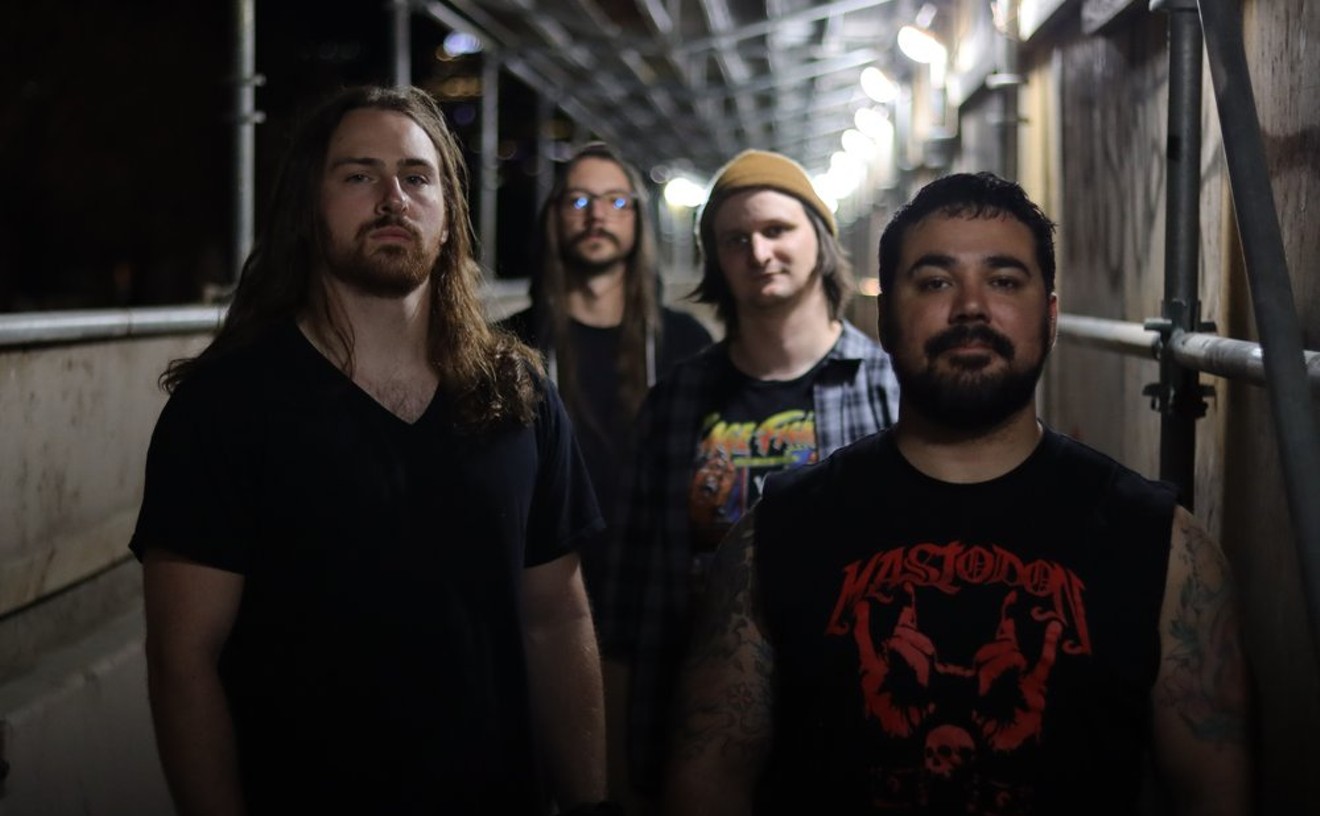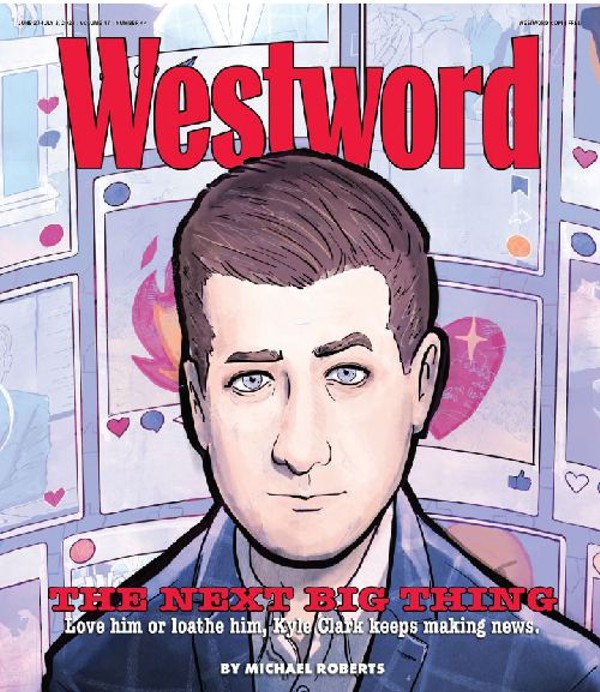When I was four years old, Tex-Mex superstar Selena Quintanilla was tragically shot to death by her business manager. At such a young age, I couldn’t comprehend why my cousins went to school the next day clutching photos of the singer and spent the evenings crying along to the “Dreaming of You” cassette. It wasn’t until I was well into adulthood that I fully understood the role Selena played for Latinos in the United States. And it wasn’t until two decades later, when Puerto Rican trap star Bad Bunny came onto the scene, that I realized the significance of Latin artists for fellow people of color.
Bad Bunny, born Benito Antonio Martínez Ocasio, ignores the ideas of national borders entirely to reach fans everywhere. He didn’t stop when he became the most-streamed artist globally on Spotify for two years running, with more than 9.1 billion streams. He appeared alongside J Lo at last year’s Super Bowl, and worked with The Simpsons director David Evans to animate his most recent music video, “Te Deseo Lo Mejor.” Bringing his video into animation didn't pressure him to change his music; impressively, all of this was done in Spanish.
Denver residents reflect on Bad Bunny’s success ahead of his concert today, Wednesday, February 9, at Ball Arena.
“It’s awesome to have someone whose first language is Spanish, who sings songs in Spanish, and yet is so popular in U.S. culture,” says Juan Gallegos, founder of FactorX media group and a Mexican immigrant living in Denver. “Every once in a while, there are artists that are Spanish speakers, like Selena or Shakira, but they always have to do crossover albums in English in order to be successful.”
Selena’s “Dreaming of You” topped the Billboard charts in 1995 with both English and Spanish songs, but Bad Bunny’s “El Último Tour del Mundo” premiered at number one as the first all-Spanish album in history. This is after he released an astounding three albums in 2020.
“When I started to get into reggaetón in the early 2000s, I was having to go buy bootleg CDs outside a cigarette store off 16th and Champa,” says Justine Sandoval, a political strategist based in Denver. “I grew up in a time where Selena was the closest thing to mainstream, especially during a time when we were trying to erase the Spanish language in this country.” Sandoval says she is a part of “generational trauma.” She grew up on the Northside of Denver, the same city where her grandmother was born. Although her grandmother’s first language was Spanish, Sandoval’s is very minimal. “Being able to listen to Bad Bunny, even in Spanish, now is so cool, because he’s a part of the mainstream.”
Some Latino families are reflecting on generational bridges through Bad Bunny’s music.
“He’s important to me because he’s such a relatable person,” says Gabi Leyva, fifteen, a student at Thomas Jefferson High School. “He’s not trying to do things for popularity, and it’s clear he’s very much trying to be himself.”
Leyva’s mother, Ambar Suero, says she credits Bad Bunny for helping bring more attention to Latino culture in their Dominican household.
“Bad Bunny represents empowerment in our home,” Suero says. "Since Gabi was little, she had a difficult time identifying with Latino culture, especially speaking Spanish. People would talk to her in Spanish and she would answer in English. We had trouble initially instilling pride in who we are.”
Suero says that it wasn’t until the teen was old enough to listen to Bad Bunny that she started growing in her culture.
“His music started an evolution,” Suero says. “He released three albums during the pandemic, and Gabi was hooked. She loved how different he was from other Latino artists, and felt like she could really relate to him.”
Gallegos describes Bad Bunny’s music and influence perfectly: “Culture drives society. And Bad Bunny is driving.”
Bad Bunny is performing tonight, February 9, at Ball Arena.
[
{
"name": "Air - MediumRectangle - Inline Content - Mobile Display Size",
"component": "12017618",
"insertPoint": "2",
"requiredCountToDisplay": "2"
},{
"name": "Editor Picks",
"component": "17242653",
"insertPoint": "4",
"requiredCountToDisplay": "1"
},{
"name": "Inline Links",
"component": "18838239",
"insertPoint": "8th",
"startingPoint": 8,
"requiredCountToDisplay": "7",
"maxInsertions": 25
},{
"name": "Air - MediumRectangle - Combo - Inline Content",
"component": "17261320",
"insertPoint": "8th",
"startingPoint": 8,
"requiredCountToDisplay": "7",
"maxInsertions": 25
},{
"name": "Inline Links",
"component": "18838239",
"insertPoint": "8th",
"startingPoint": 12,
"requiredCountToDisplay": "11",
"maxInsertions": 25
},{
"name": "Air - Leaderboard Tower - Combo - Inline Content",
"component": "17261321",
"insertPoint": "8th",
"startingPoint": 12,
"requiredCountToDisplay": "11",
"maxInsertions": 25
}
]

